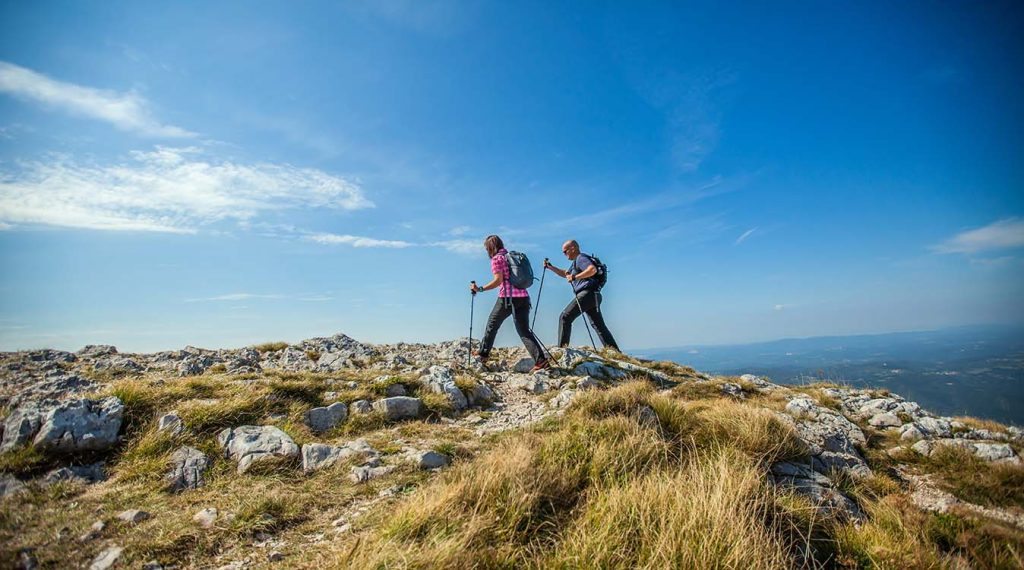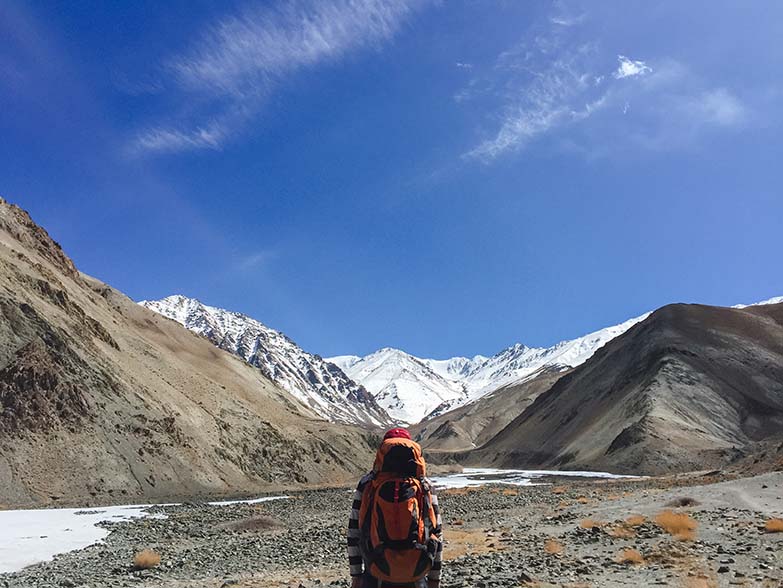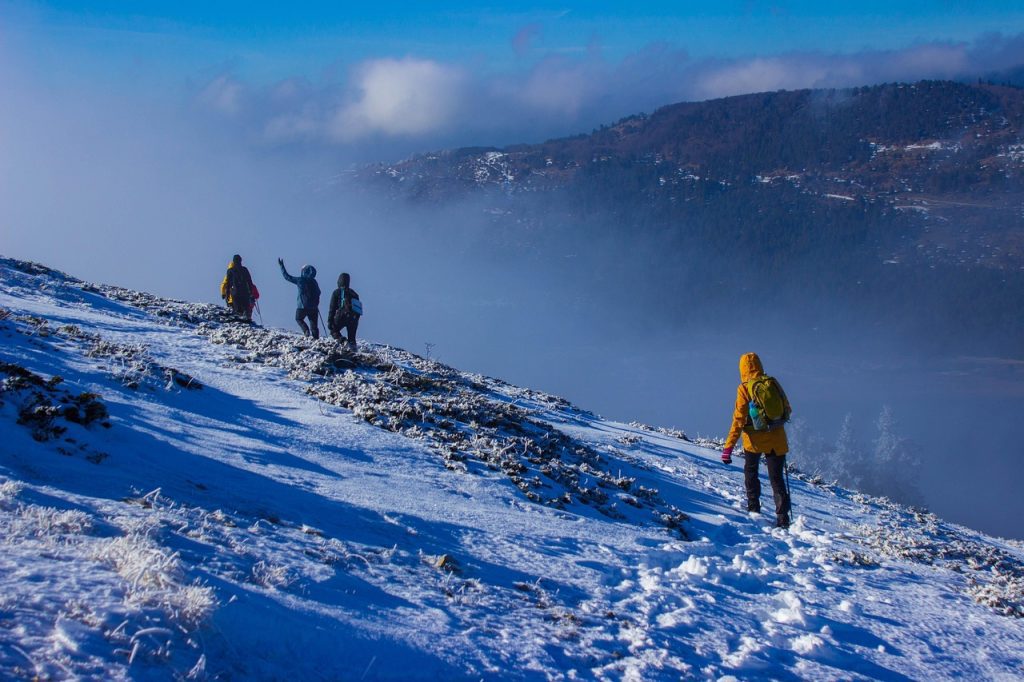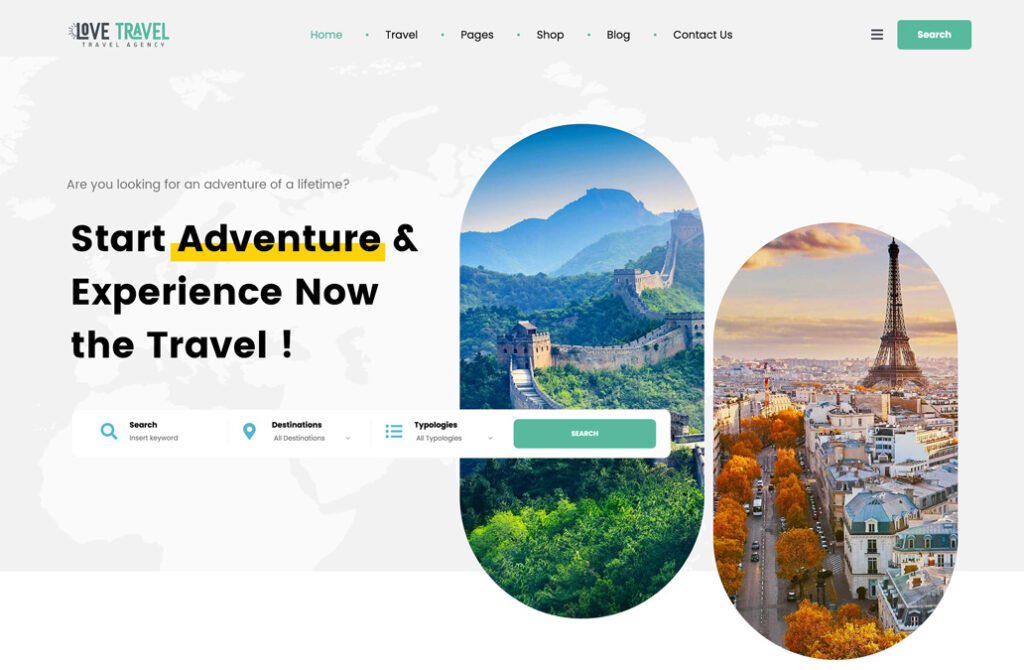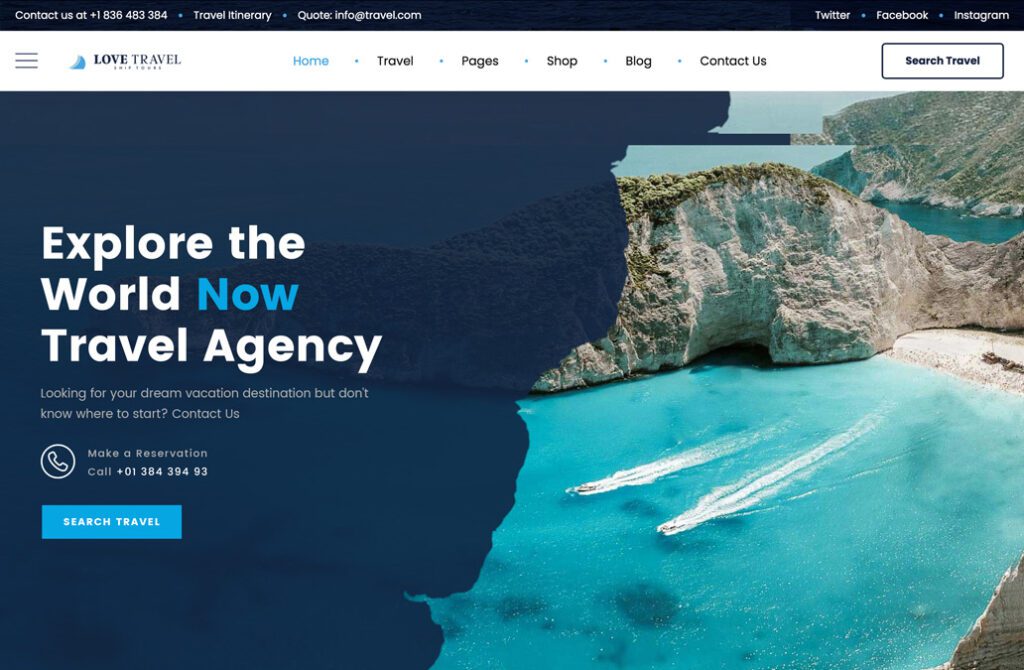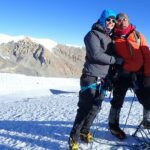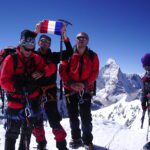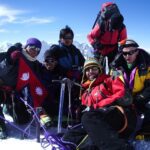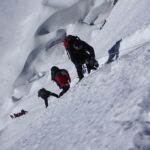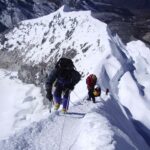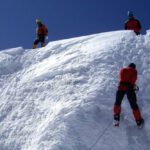The Gosaikunda Trek is one of Nepal’s most scenic and spiritually significant trekking routes. This hike, located in Langtang National Park, provides an ideal balance of natural beauty, adventure, and cultural depth. The Gosaikunda Trek, known for its sacred alpine lakes and breathtaking mountain views, is popular with trekkers, pilgrims, and nature enthusiasts.
The walk is an excellent alternative to the busier Everest Base Camp and Annapurna Circuit hikes, providing quiet, peace, and untouched natural beauty. It offers a unique opportunity to immerse oneself in the Himalayan landscape while learning about the rich traditions of the Tamang and Sherpa cultures.
Why Choose the Gosaikunda Trek?
- Sacred Gosaikunda Lake – Gosaikunda Lake, a significant highlight of the walk, is a Hindu and Buddhist pilgrimage destination. According to legend, Lord Shiva formed this lake by piercing a glacier with his trident to fulfill his hunger. Every year, thousands of devotees come to the lake, particularly around the Janai Purnima festival. Throughout the winter, the lake remains frozen, providing a mysterious and quiet scene.
- Scenic Beauty and Himalayan Views: The trek provides breathtaking views of Langtang Lirung, Ganesh Himal, Himal Chuli, and Manaslu. The landscape shifts from thick forests and flowing waterfalls to rough terrain and peaceful glacier lakes. The morning views of the Himalayas from Lauribina Pass are not to be missed.
- Rich Cultural Experience – The trip takes you through Tamang and Sherpa communities, where you may learn about distinctive Himalayan cultures, see Buddhist monasteries, and enjoy genuine local hospitality. Syabrubesi and Thulo Syabru are recognized for their traditional dwellings, prayer flags, and welcoming residents who share their traditions with guests.
- Short yet adventurous: Unlike other long treks in Nepal, the Gosaikunda Trek can be completed in 5-7 days, making it suitable for those with limited time. Despite its brief duration, the journey involves significant altitude increase and needs a high level of fitness and commitment.
Best Time for the Gosaikunda Trek
The Gosaikunda Trek is best experienced during the spring (March-May) and autumn (September-November). These months provide beautiful skies, temperate temperatures, and breathtaking scenery. In spring, the rhododendron forests along the trail blossom with vivid hues, adding to the scenic beauty of the journey. Autumn is ideal for trekking since the weather is consistent and the mountain views are at their strongest.
Winter (December-February) is also a possibility, however the trails may be snow-covered, making the hike more difficult. However, for those who enjoy isolation and do not mind the cold, winter hiking can be a magical experience. The monsoon season (June-August) is not suitable because of frequent rainfall, landslides, and leeches along the trail.
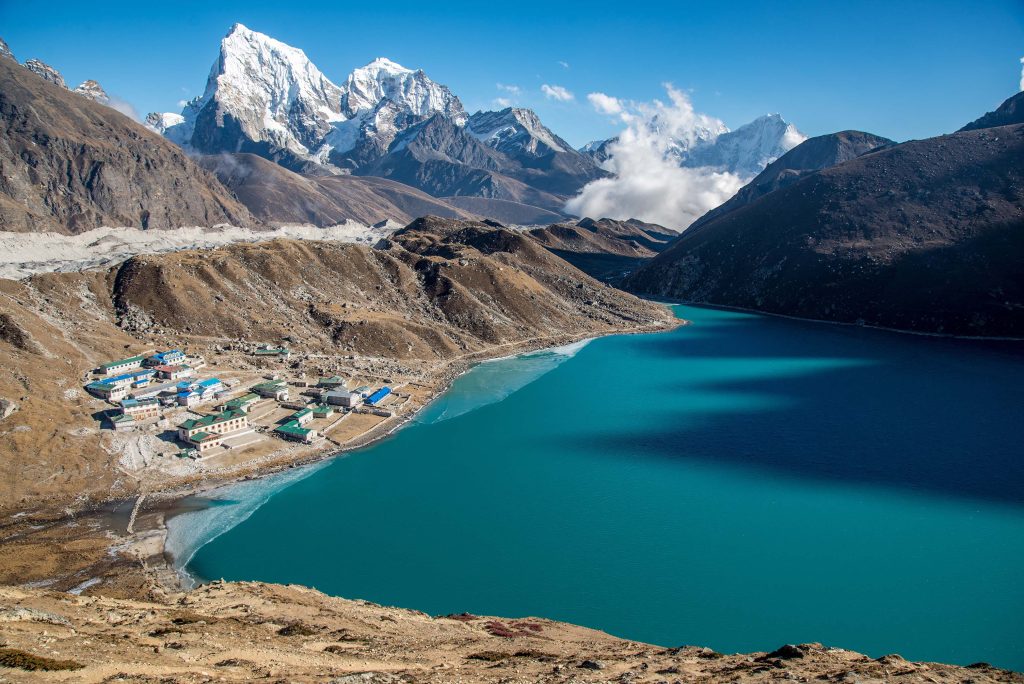
Gosaikunda Trek Route
The journey normally begins in Kathmandu and ends in Dhunche, which takes about 6-7 hours. Trekkers leave Dhunche and follow the trail to Sing Gompa, a small settlement famed for its cheese industry and Buddhist monastery. The next destination is Lauribina, where hikers will catch their first glimpses of the beautiful Himalayas. Finally, the trail leads to Gosaikunda Lake (4,380m), the focal point of the journey, which is bordered by a number of other holy lakes such as Bhairav Kunda and Saraswati Kunda.
Some trekkers prefer to continue their journey beyond Gosaikunda, passing the Lauribina La Pass (4,610m) and descending into Helambu, another stunning trekking destination. This longer trip adds more adventure and diversity to the experience, passing through beautiful forests and small villages.
Gosaikunda Trek Difficulty
The Gosaikunda trek is rated moderate to difficult. The altitude rise is significant, with some places requiring hard climbs. Altitude sickness is best avoided with proper acclimatization and physical conditioning. Trekkers should pack warm gear because temperatures can drop dramatically at higher heights. Hydration, slow-paced walking, and acclimatization stops are vital for a safe and pleasurable trip.
Permits Required
Trekkers require two permits for this trek:
Foreign nationals pay NPR 3,000 per person for an entry permit to Langtang National Park.
TIMS Card (Trekkers’ Information Management System): NPR 1,000 per person for group hikers; NPR 2,000 for solo trekkers.
These permits can be obtained in Kathmandu or at the entry points to Dhunche. Always keep a copy of your passport and permits with you while hiking, as there are frequent checkpoints along the path.
Packing List for the Gosaikunda Trek
- Clothing – Warm layers, waterproof coats, gloves, trekking pants, and thermal clothing are all recommended.
- Footwear – Sturdy trekking boots and warm socks.
- Gear – Equipment includes a sleeping bag, hiking poles, sunglasses, and a headlamp.
- Essentials – This includes water purification pills, energy bars, sunscreen, and a first-aid kit.
- Electronics – Electronics include a power bank, backup camera batteries, and a solar charger (electricity may not be available in remote regions).
Accommodation and Food
The walk uses a tea house trekking system, which means simple lodges and small guesthouses are accessible along the way. Meals include traditional Nepali Dal Bhat, noodles, momos, and Tibetan bread. Hot beverages like as ginger tea and lemon honey tea keep trekkers warm and refreshed. While food alternatives are restricted at higher altitudes, the meals’ simplicity enhances the true trekking experience.
Travel Tips for the Gosaikunda Trek
Start Early –Begin your trek early in the morning to maximize daylight and avoid strong afternoon winds at higher elevations.
Stay Hydrated – Drink plenty of water to avoid altitude sickness and maintain your energy levels.
Respect Local Culture – Be aware of local customs, greet villagers with a smile, and always seek permission before taking photographs.
Carry Cash – There are no ATMs on the trekking path, so pack enough Nepalese rupees to pay your needs.
Trek with a Guide or Porter – Hiring a local guide improves the experience by providing insights into the region’s history and culture while also assuring safety.
Conclusion
The Gosaikunda Trek is a must-do for both adventurers and spiritual tourists. Whether you’re drawn to the sacred lakes, the breathtaking mountain views, or the cultural experience, this trip provides an amazing journey into the heart of the Himalayas. Plan your trek, accept the adventure, and experience the magnificent beauty of Gosaikunda!
Read More: Altitude Adventure: Ultimate Guide to Trekking in Nepal

